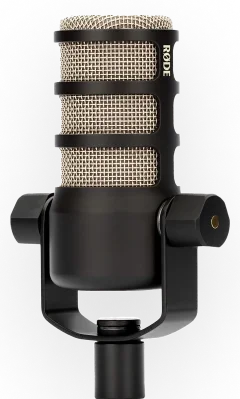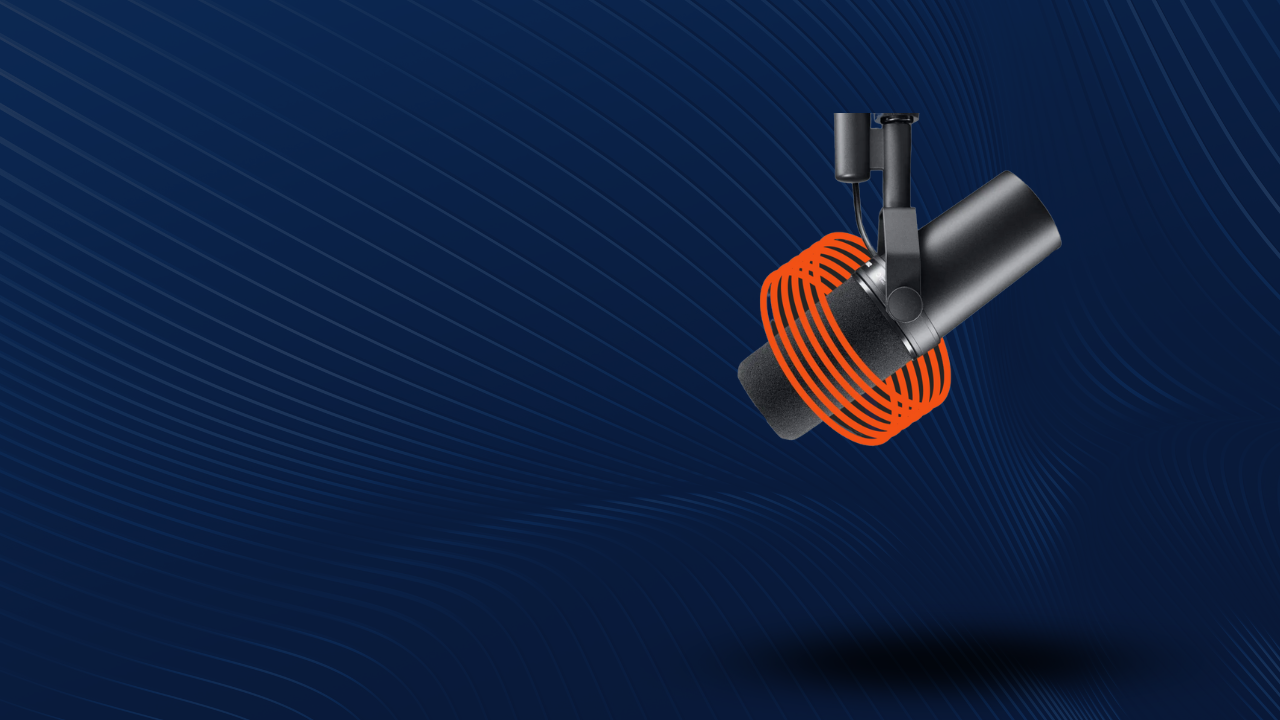Some housekeeping: I owe you part three of our exploration into Audio and Video Primes (read parts one and two here), which I promise we will put out next week. This week, though, a bit of an interlude about how to describe your podcast better – or at least, how you’d hope others would describe your podcast.
Last weekend, my wife, Tamsen, and I were doing some reading in our living room, listening to a playlist I found called “Sounds Like Boards of Canada.” Boards of Canada, an enigmatic Scottish electronica duo, has been integral to my music DNA since their debut album, Music Has The Right To Children, was released in 1998. Tamsen came to the duo much later, thanks to the Transitive Property of Spousing or whatever, but she, too, has carved out a place in her heart for the weird and wonderful universe created by the Boards.
Despite her not having as long a history with the band, after about the third song, Tamsen said, “This sounds like Boards of Canada, but it isn’t as good.” Truer words have never been spoken. What makes Boards of Canada so special? How would I describe them to a friend? I suppose I would have to give them a category, like “lo-fi chill,” “EDM,” or “trip-hop,” so you could put them into a bucket, but that’s just a label on a jar. You don’t need to listen to Boards of Canada based on that.
Let’s try a different approach. “Boards of Canada.” Weird name, right? But for me, it is precisely the key to a particular lock – the sound of early synth soundtracks to the warbly nature and educational films we had to watch when I was in elementary and middle school (many of which, in my Downeast Maine school system, were produced by the Film Board of Canada – now you get the name). These early electronic scores were the soundtrack to many wobbly projector films and, later, glitchy VHS tapes, the synths as unreliable as the film equipment in our classroom. The music, though electronic, was warm, hazy, and sepia-toned. It was imperfect, and it was perfect.
When I shared this memory with Tamsen, though she was not schooled by the Film Board of Canada as I was, she got it immediately – in her words, the warm air of the projector blowing on your arm, the dust motes dancing in the light. It’s a version of the 70’s and early 80’s that isn’t infused with the Eagles or Jackson Browne – it’s a different kind of nostalgia.
It makes you nostalgic for something that may not have even happened.
If you have read this far, aren’t you at least curious about what that sounds like? I hope so if I’ve done my job. “It’s lo-fi chill electronic music” is the aisle where you find things at Home Depot. “It makes you nostalgic for something that didn’t happen” makes you curious. This, I would submit, is what is missing from so many podcast pitches and descriptions – something that makes me curious. In practice, this means invoking something people wish they had, wish they had back, or wish they knew. It exposes a gulf that an audience would agree exists between what they know or feel now, and what they would like to know or feel. It is specific, not general. It is a gap they have to fill, and your podcast could be how they do that.
Carnegie Mellon’s George Loewenstein has researched what he has called the information gap theory of curiosity and its role in our decision-making, later popularized by the Heath brothers in Made to Stick as “curiosity gaps.” Like my dogs, people hate vacuums – gaps in what they know – and seek to fill them to settle their brains. For our purposes, those can be gaps in knowledge, yes – but I would submit there can also be gaps in how people feel versus how they want to feel, and piquing curiosity about those gaps is just as powerful. If I tell you that Boards of Canada is “downtempo electronic music,” I have created no gap. If I tell you it’s music that makes you feel the warm air of the projector in your 3rd-grade class on your face, there sure is hell is a gap there, and you probably want to settle that.
So, when I think about the “curiosity gap” and some of my favorite shows, here is where my brain goes:
20,000 Hertz – the show’s description is “the stories behind the world’s most recognizable and interesting sounds.” That’s pretty good! And also, if I were trying to sell a friend on listening, I wouldn’t use only that language listener to listener. Instead, I might talk about Netflix’s “Tudum” and how it isn’t a drum at all. There is a crazy good episode about what combination of household objects first made that sound. Or about how so many movie trailers use the EXACT SAME sound – the “BOOOOJ” and once you hear the show dissect it, you’ll never watch a movie trailer the same way again. Don’t you want to fill that gap?
Maintenance Phase – you stay for the wonderful interplay between Michael and Aubrey and how they debunk junk health and fitness fads, but if I were telling a friend? I’d ask them if they’d ever been on a diet, and it didn’t work – wouldn’t it be awesome to feel like you didn’t fail, but that diet just sucked, and Maintenance Phase can make you feel better about that? You bet.
Inside Trader Joe’s – the podcast description is pretty good: “Are you a Trader Joe’s fan? Want to know what keeps people coming back? Hungry for all the new and exciting stuff coming to your neighborhood store? Let’s go Inside Trader Joe’s.” AND – if I were talking to a friend about it, I’d probably pitch it like this: have you ever been to Trader Joe’s? What’s up with the clerks? There is this whole show that goes deep into how they always seem to have tried one thing you are buying, and it’s the best salmon roulade ever. You are curious, yes?
I can do this for pretty much any show in my regular rotation because a show isn’t in my regular rotation if it doesn’t inspire something like that. In all of these cases, my “testimonials” aren’t describing the show as much as they are highlighting a curiosity gap. Don’t you wish you knew? Don’t you wish you had this? Don’t you wish you could go back to that feeling?
Often, this kind of description can sound arrogant or self-aggrandizing as marketing if you say it, but it can really sing as a testimonial. Maybe you can’t say it yourself, but if you can highlight it when someone else says it, this is when the real magic can happen. Your listeners are probably already saying things like this – it’s your job to listen and shine a light on these unsolicited testimonials whenever you can because they are literally doing a better job telling people why they should listen to your podcast than you ever could.
I am probably exposing something that WITSEC would rather I didn’t, but in a past life, I did a lot of work on the Smooth Jazz format around the world, something that my now 20-year-old accomplished musician son will probably someday need therapy for. What almost no one knows about Smooth Jazz, though, is that its very name – functionally perfect – came from a listener in Chicago during a focus group my late mentor Frank Cody did for WNUA (“new age”). Frank was interviewing a delightful Black woman in her late 40s about how WNUA made her feel, and she just said it – “it’s jazz, but it’s like, ‘smooth’ jazz.” The listeners are always right.
So, if you are a podcaster, keep your ears WIDE open for these moments, in conversations or social media or even in informal listener research, when a listener doesn’t just describe your show, but offers something specific and intriguing that helped them bridge a curiosity gap or made them feel a certain way. These elements are the true gold of your show, and better than any marketing copy you will ever come up with.
Now, don’t you want to listen to Boards of Canada?
New Partners
Sounds Profitable exists thanks to the continued support of our amazing partners. Monthly consulting, free tickets to our quarterly events, partner-only webinars, and access to our 1,800+ person slack channel are all benefits of partnering Sounds Profitable.
-
PodcastOne is a leading advertiser-supported, on-demand digital audio network, including content creation services, brand integration, and distribution.
-
Rill is the leading BI tool for ad tech platforms with use cases in revenue monitoring, campaign reporting, yield optimization and more.
Want to learn more about partnership? Hit reply or send us an email!



















































































































































































































